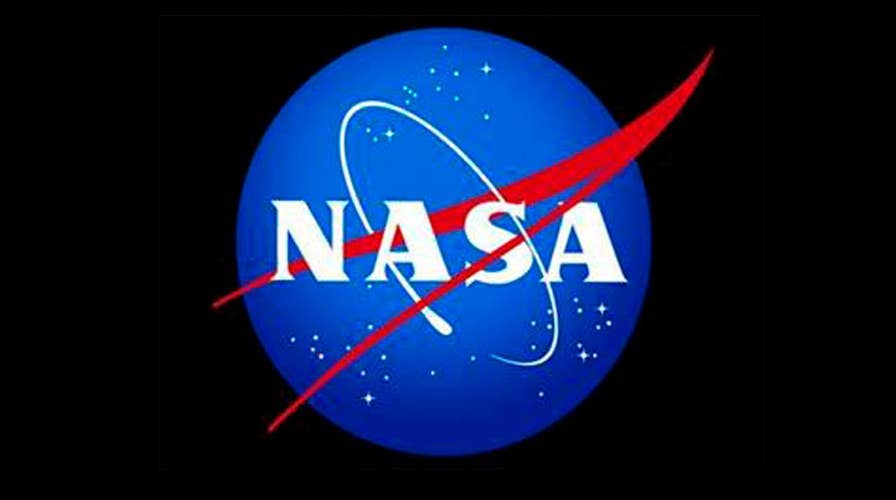A Russian Soyuz spacecraft carrying three astronauts, including one American, has successfully docked with the International Space Station. Monday’s launch from Kazakhstan is the first successful manned mission to the space lab since an aborted Soyuz launch in October.
The Soyuz MS-11 spacecraft docked with the ISS at 12:33 p.m. ET, following a six-hour journey from Baikonur Cosmodrome in Kazakhstan. At that time, the space station and the spacecraft were 251 miles over the Atlantic Ocean, just east of the Caribbean.
NASA astronaut Anne McClain, David Saint-Jacques of the Canadian Space Agency and Oleg Kononenko of Russian space agency Roscosmos lifted off as scheduled at 6:31 a.m. EST.
NASA ASTRONAUT DESCRIBES DRAMATIC ESCAPE FROM FAILED SOYUZ ROCKET
McClain, Saint-Jacques and Kononenko will live on the ISS for six-and-a-half months.
The three Expedition 58 astronauts will briefly join NASA astronaut Serena Auñón-Chancellor, Alexander Gerst of the European Space Agency and cosmonaut Sergey Prokopyev on the ISS. Serena Auñón-Chancellor, Gerst and Prokopyev are scheduled to leave the space station on Dec. 20.
Monday’s launch was in the spotlight after last month’s botched launch to the ISS from Baikonur.
SOYUZ ROCKET FAILURE: BOOSTER SEPARATION WAS TO BLAME FOR BOTCHED LAUNCH, RUSSIA SAYS
On Oct. 11, NASA astronaut Nick Hague and Russian cosmonaut Alexei Ovchinin made a dramatic escape after their Soyuz booster rocket failed just two minutes after launch. A Russian investigation attributed the failure to a sensor that was damaged during the rocket's final assembly.
The accident in October was the first aborted crew launch for the Russian space program since 1983, when two Soviet cosmonauts safely jettisoned after a launchpad explosion.
The Soyuz spacecraft is currently the only vehicle that can ferry crews to the space station, but Russia stands to lose that monopoly in the coming years with the arrival of SpaceX's Dragon and Boeing's Starliner crew capsules.
The Associated Press contributed to this article. Follow James Rogers on Twitter @jamesjrogers




















